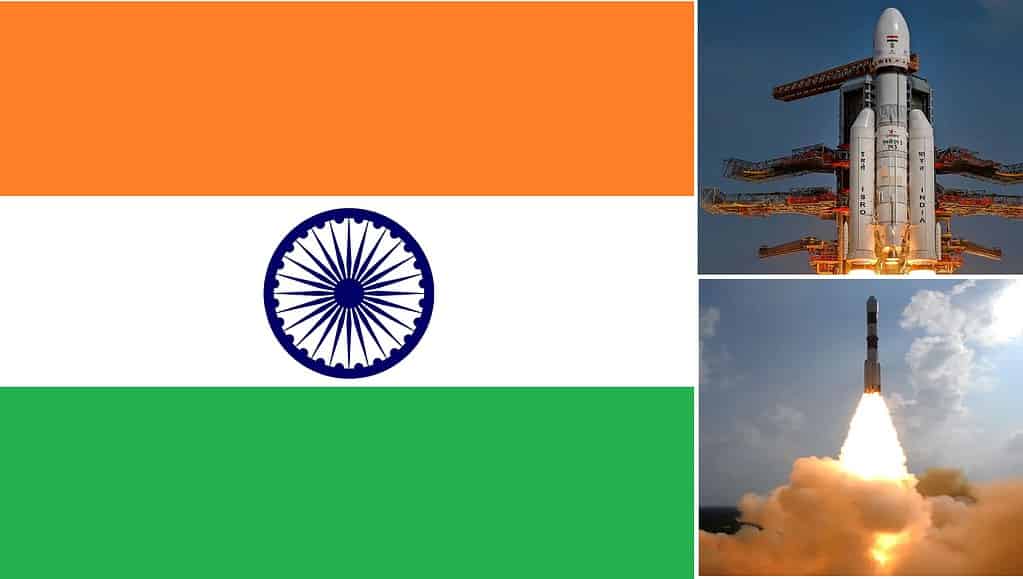Table of Contents
Indian Space Program
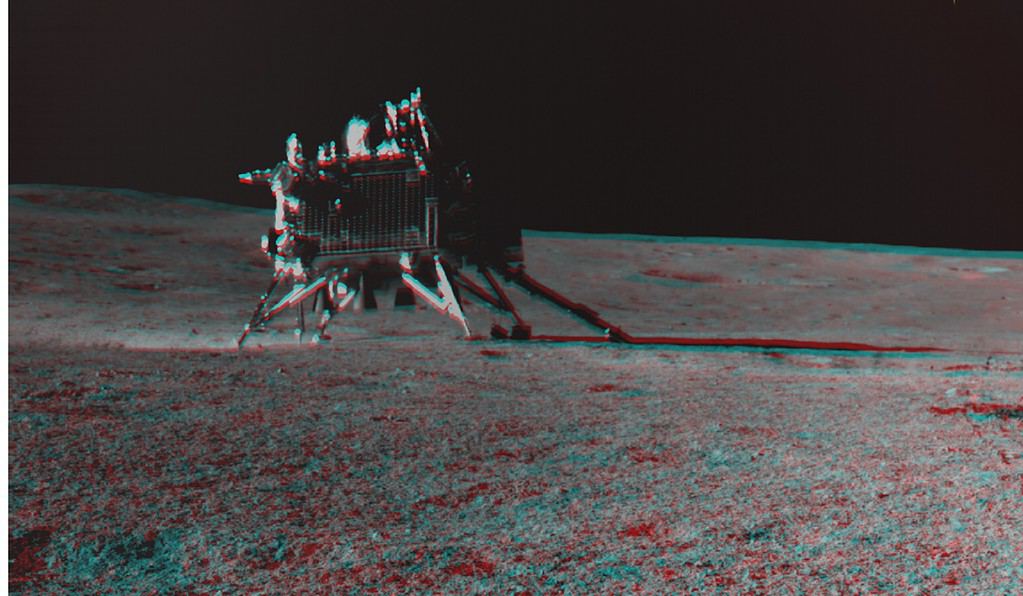
The Indian space program, a testament to the nation’s scientific and technological prowess, has come a long way since its humble beginnings. Incepted in 1962 with the establishment of the Indian National Committee for Space Research (INCOSPAR), the program’s initial focus was on meteorological and communication satellites. The Indian Space Research Organisation (ISRO), formed in 1969, took over the reins and embarked on a journey of exploration and innovation.
Over the years, ISRO has achieved numerous milestones, including the successful launch of India’s first satellite, Aryabhatta, in 1975. The organization has also developed various indigenous technologies, such as satellite launch vehicles, communication satellites, and remote sensing satellites. One of ISRO’s most significant achievements was the launch of Chandrayaan-1 in 2008, India’s first lunar probe, which discovered water ice on the Moon’s surface. In 2014, ISRO made history again with the successful launch of the Mars Orbiter Mission (MOM), making India the first country in the world to reach Mars on its maiden attempt.
Today, the Indian space program is a global leader, contributing to various scientific endeavors and providing essential services to the nation. The country is actively involved in space exploration, satellite technology, and remote sensing applications. ISRO’s future plans include missions to the Venus, and other celestial bodies, as well as the development of reusable launch vehicles and human spaceflight capabilities. India’s space program continues to inspire and amaze the world, showcasing the nation’s commitment to scientific advancement and its potential to contribute to global progress.
Indian Space Program: Government and Private Organizations
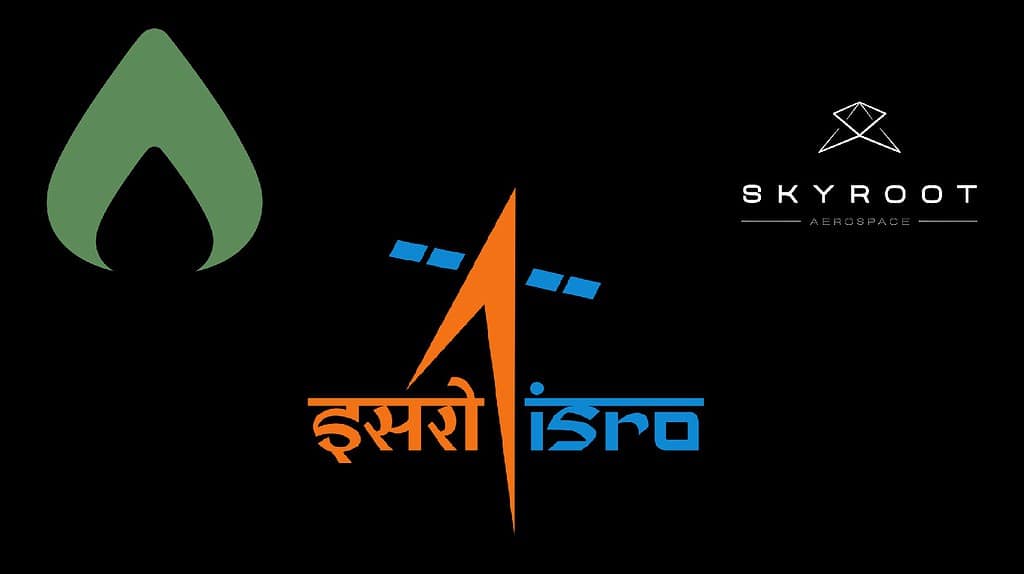
The Indian space program has grown significantly through the collaboration between government institutions, primarily the Indian Space Research Organisation (ISRO), and the burgeoning private sector. ISRO, the country’s leading space agency, has long been at the forefront of space exploration, satellite development, and mission launches. However, in recent years, the Indian government has actively encouraged the private sector to participate in the Indian Space Program and boost innovation and capacity in space science.
The Indian government established NewSpace India Limited (NSIL) and Antrix Corporation, both of which play crucial roles in commercializing space technologies and services. NSIL is the newer entity focused on facilitating private sector involvement by transferring ISRO’s technologies to private companies and providing launch services for domestic and international customers. Antrix, ISRO’s older commercial arm, continues to promote satellite launches and space products on the global stage.
In tandem, a wave of private companies emerged in the realm of the Indian Space Program. Private Indian organizations such as Skyroot Aerospace, Agnikul Cosmos, and Pixxel have emerged, developing their own launch vehicles, satellite constellations, and space propulsion systems. These startups are benefiting from the government’s policy reforms, which opened up the space sector for private participation. Initiatives such as the Indian National Space Promotion and Authorization Center (IN-SPACe) have been set up to act as a regulatory and promotional body, ensuring private entities have access to ISRO’s infrastructure and expertise.
Collaboration between ISRO and private Indian space companies (such as Skyroot Aerospace, Agnikul, etc) creates new opportunities for the Indian Space Program. It has led to advancements in rocket development, satellite deployment, and space research. For instance, Skyroot Aerospace’s successful launch of Vikram-S in 2022 marks a milestone in India’s private space industry, while ISRO continues to support these companies through shared resources and technical knowledge. This public-private partnership is crucial for the growth of the Indian Space Program and is a step forward toward fulfilling India’s vision of becoming a global leader in space technology.
In this article, we are going to discuss 8 incredible achievements of the Indian Space Program – both Government and Private Organizations.
1. Mangalyaan (Mars Orbiter Mission) by ISRO (2013)

Mangalyaan, also known as the Mars Orbiter Mission (MOM), was a groundbreaking space mission by the Indian Space Research Organisation (ISRO). It was successfully launched on November 5, 2013, using the Polar Satellite Launch Vehicle (PSLV-C25) from the Satish Dhawan Space Centre in Sriharikota, Andhra Pradesh. After a journey of nearly 300 days, Mangalyaan entered Mars’ orbit on September 24, 2014, making India the first country to reach Mars orbit in the first attempt, the first Asian country to reach the Red Planet, and overall the fourth space agency globally to do so.
The success of the Mars Orbiter Mission was a monumental achievement for the Indian Space Program. It was done at a fraction of the cost compared to similar missions by other space agencies, with a budget of around $74 million, making it one of the most cost-effective Mars missions ever. Interestingly, the movies made about space cost more than this Mars Mission by India. ‘The Martian’ cost $108 Million IN 2015, ‘Interstellar’ cost $165 Million in 2014, and ‘Gravity’ cost $100 Million in 2013. The success of Mangalyaan showcased ISRO’s capabilities in interplanetary missions, highlighting India’s technological prowess on the global stage.
Mangalyaan’s significance lies not only in its scientific contributions but also in how it transformed the Indian Space Program. The spacecraft carried five scientific instruments to study the surface, morphology, atmosphere, and mineral composition of Mars. Its data helped scientists better understand Martian weather systems, methane levels, and surface patterns. This mission placed India among elite space-faring nations and cemented its role as a key player in space exploration.
Beyond scientific achievements, Mangalyaan had a profound impact on the future trajectory of the Indian Space Program. It demonstrated India’s ability to conduct complex space missions with limited resources, inspiring greater investments in space technology and exploration. It also opened new avenues for international collaborations, furthering India’s ambitions in deep space exploration.
2. Chandrayaan-3 by ISRO (2023)

Chandrayaan-3, the latest mission in India’s lunar exploration endeavors, represents another milestone for the Indian Space Program. Launched by the Indian Space Research Organisation (ISRO) on July 14, 2023, Chandrayaan-3 aimed to achieve a soft landing on the Moon’s surface, specifically targeting the unexplored south polar region. The mission’s primary objective was to deploy a lander and rover to conduct scientific experiments and gather crucial data about the lunar surface. Chandrayaan-3 followed the partial success of Chandrayaan-2, which had an orbiter still functioning but whose lander failed during the final descent.
The successful landing of Chandrayaan-3 marked a historic moment for India, as it made India the fourth country to achieve a soft landing on the Moon, after the United States, the former Soviet Union, and China, and the first country in the World to land near the South Pole of the moon. This accomplishment not only boosted the national pride of India but also solidified ISRO’s position in the global space community as a reliable and cost-effective space agency capable of executing complex interplanetary missions.
Chandrayaan-3’s significance goes beyond the technological triumph. By exploring the Moon’s south pole, where water ice is believed to exist in permanently shadowed craters, the mission could provide vital data for future lunar exploration and possible human habitation. The findings from Chandrayaan-3 have the potential to support future international lunar missions and collaborations.
For the Indian Space Program, Chandrayaan-3 represents continued progress in mastering space technology, with a focus on cost-efficiency and scientific exploration. It highlights ISRO’s growing capabilities in executing precise and complex missions. The success of this mission further strengthens India’s ambitions in space exploration, reinforcing the Indian Space Program’s commitment to contributing to humanity’s understanding of the Moon and beyond.
3. Chandrayaan-1 by ISRO (2008)

Chandrayaan-1, launched by the Indian Space Research Organisation (ISRO) on October 22, 2008, marked a pivotal moment in India’s space exploration journey. As India’s first mission to the Moon, it demonstrated the capabilities of the Indian Space Program in planetary exploration and space science. The primary objectives of Chandrayaan-1 were to map the Moon’s surface and study its mineral composition, particularly to detect the presence of water ice in the lunar polar regions. The mission exceeded expectations, providing critical data and making significant contributions to lunar science.
One of the most groundbreaking discoveries made by Chandrayaan-1 was the detection of water molecules on the lunar surface. Using NASA’s Moon Mineralogy Mapper (M3), it confirmed the presence of hydroxyl and water molecules, transforming our understanding of the Moon and sparking new interest in lunar exploration. This discovery was pivotal not just for scientific knowledge but also for future exploration, as the availability of water could play a critical role in establishing lunar bases.
Chandrayaan-1 was also a demonstration of the Indian Space Program’s growing capabilities in deep space exploration. It established ISRO as a key player in the global space community, showing that India could conduct complex missions at a fraction of the cost of other countries. The success of Chandrayaan-1 paved the way for more ambitious missions like Chandrayaan-2 and contributed significantly to India’s stature in space science.
Overall, Chandrayaan-1 was a defining achievement for the Indian Space Program, demonstrating its technical expertise and reinforcing India’s aspirations in space exploration and planetary science.
4. Aditya L1 Mission by ISRO (2023)

The Aditya L1 mission, launched by the Indian Space Research Organisation (ISRO) on September 2, 2023, is India’s first dedicated solar observation mission. Its primary objective is to study the Sun, specifically, the outermost layer called the corona, as well as the solar atmosphere, solar winds, and their effects on space weather. Positioned at the Lagrange point 1 (L1), located 1.5 million kilometers from Earth, the satellite enjoys a continuous view of the Sun without the interference of eclipses or Earth’s shadow, making it an ideal vantage point for uninterrupted observation.
Aditya L1 holds immense significance for the Indian Space Program as it represents ISRO’s growing focus on space science beyond Earth-centric missions. By studying solar activity, particularly solar flares and coronal mass ejections, the mission aims to improve understanding of space weather and its potential impact on satellite communications, power grids, and space missions. The mission will gather valuable data to enhance the prediction of solar storms, which can have severe consequences for both space-based and Earth-based technologies.
This mission not only places India among the few countries with dedicated solar missions but also demonstrates the Indian Space Program’s increasing capability to address fundamental scientific questions. Aditya L1’s success in studying the Sun will contribute to global efforts to understand our star, its behavior, and how it affects our solar system.
For the Indian Space Program, Aditya L1 is a testament to ISRO’s ambitions to explore new frontiers in space science. It reflects India’s evolving role in global space research and strengthens its position in contributing to the understanding of space weather, which is crucial for ensuring the safety of future space missions and protecting critical infrastructure on Earth.
5. PSLV–C 37
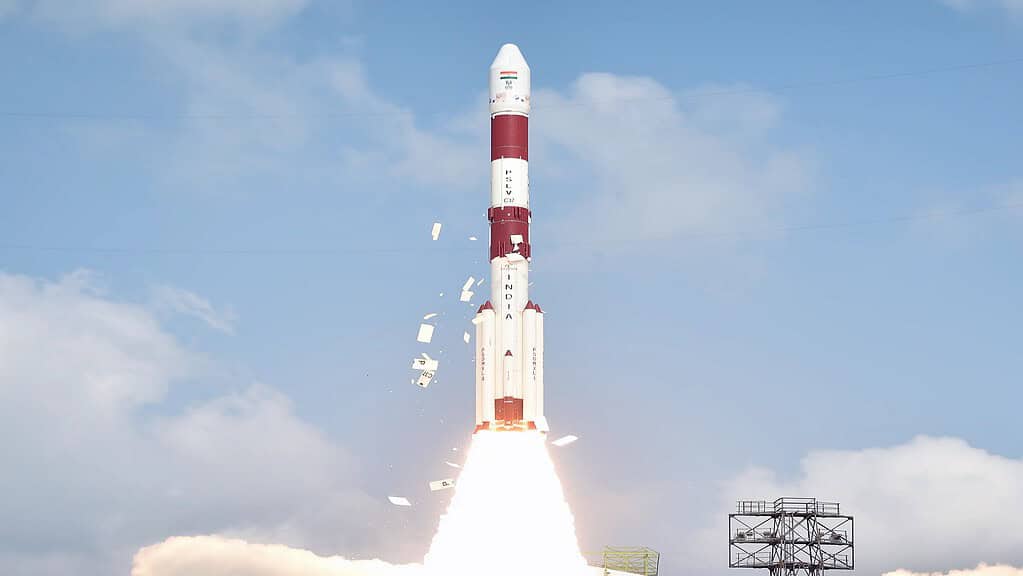
The PSLV-C37 mission, launched by the Indian Space Research Organisation (ISRO) on February 15, 2017, set a world record by successfully deploying 104 satellites in a single mission. At that time it held the World Record for putting the highest number of satellites in a single launch. Later, on 24th January 2022, the record was broken by Elon Musk’s SpaceX when Falcon 9 put 143 satellites in orbit. Still, the achievement of the PSLV-C 37 solidified India’s position as a leading player in space technology and showcased the Indian Space Program’s expertise in launching small satellites for both domestic and international customers.
The Polar Satellite Launch Vehicle (PSLV) has long been a reliable launch vehicle of the Indian Space Program, known for its reliability and versatility. The PSLV-C 37 mission carried India’s primary payload, the Cartosat-2 series satellite, aimed at Earth observation and cartographic applications. Along with it, 103 smaller nanosatellites from various countries, including the United States, Israel, and Kazakhstan, were successfully placed into orbit. This feat underscored ISRO’s growing role in the global satellite launch market and its ability to deliver cost-effective solutions for satellite deployment.
The significance of PSLV-C 37 goes beyond the sheer number of satellites it launched. It demonstrated ISRO’s capability to handle complex missions with multiple payloads, which requires high precision and careful orbital placement. This milestone elevated India’s reputation as a competitive spacefaring nation and highlighted its commitment to providing affordable access to space for emerging and developed countries.
For the Indian Space Program, the success of PSLV-C 37 reinforced ISRO’s status as a reliable and efficient satellite launch provider. It demonstrated the growing sophistication of Indian space technology and engineering, which continues to evolve to meet both national and international needs. The mission was a key step in advancing India’s commercial space endeavors and affirmed the country’s position as a leader in the global space industry.
6. XPoSat (X-ray Polarimeter Satellite) by ISRO (2024)

ISRO’s XPoSat Satellite, launched by PSLV-C58 on January 1, 2024, represents a key achievement for the Indian Space Program. As the first ISRO mission focused on space-based polarization measurements of X-ray emissions from celestial bodies (black holes, magnetars, neutron stars, etc), it is dedicated to scientific research in this field. The satellite’s main instruments, POLIX (Polarimeter Instrument in X-rays) and XSPECT (X-ray Spectroscopy and Timing) are aimed at investigating the polarization and spectral properties of X-rays coming from those cosmic sources.
The XPoSat mission is essential for enhancing our comprehension of high-energy astrophysical events, including magnetars, black holes, and neutron stars. By assessing the polarization of X-rays, XPoSat will deliver critical data that can help decipher the mysteries of black holes, magnetars, and neutron stars. The successful launch and functioning of XPoSat position the Indian Space Program at the cutting edge of black hole and neutron star research, demonstrating its ability to conduct intricate scientific missions. The data collected by XPoSat will be made available to the international scientific community, promoting collaboration and deepening the global comprehension of black holes, neutron stars, magnetars, and other cosmic phenomena.
The XPoSat mission exemplifies the expanding capabilities of the Indian Space Program. It highlights ISRO’s commitment to scientific inquiry and its contribution to the advancement of space research. As India’s Space Program progresses, missions like XPoSat will be crucial for enhancing understanding of the universe and strengthening India’s standing in the global space community.
7. Agnibaan Rocket Development by Agnikul (2024)

On the 30th of May 2024, the Agnibaan rocket was successfully launched by Agnikul. The rocket is powered by the World’s first single-piece 3D-printed semi-cryogenic engine. The Agnibaan Rocket development by Agnikul is a crucial advancement in India’s private space sector. This customizable small satellite launch vehicle is designed to carry payloads weighing up to 100 kg into low Earth orbit, making it ideal for launching microsatellites.
What sets Agnibaan apart is its flexibility: it can be assembled in different configurations depending on the mission’s requirements, allowing for cost-efficient launches. A significant innovation in the development of the Agnibaan rocket is the use of 3D-printed engines, which greatly reduce manufacturing time and costs, thereby making space missions more accessible.
Agnibaan’s development is a milestone for the Indian Space Program, as it represents the increasing involvement of private players in the nation’s space activities. Traditionally, ISRO has been the central figure in India’s space missions, but with the government’s recent push to open the space sector to private companies, Agnikuls’ efforts are helping accelerate the growth of the industry. The Indian Space Program now benefits from a more diversified space ecosystem, with private companies like Agnikul contributing to satellite launches and technological innovation.
The success of Agnibaan is going to greatly enhance the frequency and efficiency of satellite launches, supporting India’s long-term goals of becoming a global leader in space technology. By collaborating with ISRO and utilizing its facilities, Agnikul is helping to ensure that the Indian Space Program remains competitive in the global space race. This development also aligns with India’s ambition to democratize space access, allowing more entities, including educational institutions and startups, to send satellites into orbit at lower costs.
8. Launch of Vikram-S by Skyroot Aerospace (2022)
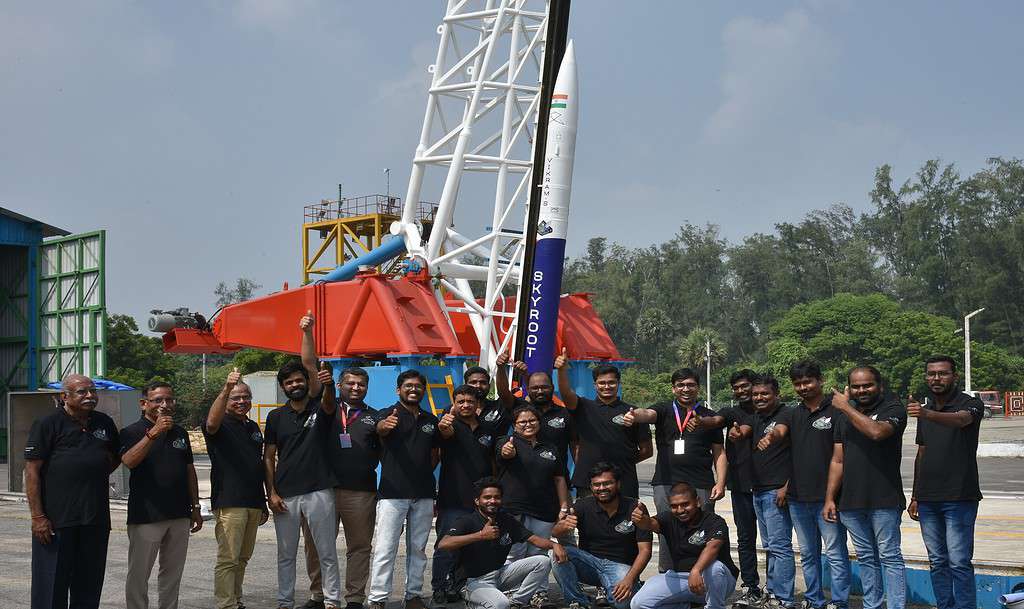
The launch of Vikram-S by Skyroot Aerospace on November 18, 2022, marked a historic milestone for India’s private space sector. It was the first time a fully privately developed rocket was launched in India, signaling the beginning of a new era for the Indian Space Program. The rocket, named after Dr. Vikram Sarabhai, the father of the Indian space program, is a sub-orbital vehicle designed to test and validate key technologies. Vikram-S carried payloads from various customers, demonstrating Skyroot’s capability to provide cost-effective launch solutions.
This achievement holds significant importance for the Indian Space Program. For decades, the Indian space sector was dominated by the Indian Space Research Organisation (ISRO), but recent policy reforms have opened the sector to private players, fostering innovation and reducing costs. Vikram-S’s successful launch highlights India’s move toward a more inclusive and competitive space ecosystem, aligning with the global trend of private sector participation in space exploration.
Moreover, the Vikram-S mission represents a key step toward India’s goal of becoming a global space hub. By allowing private companies like Skyroot to participate in satellite launches, the Indian Space Program can scale its operations, increase satellite launch frequency, and expand international collaborations. Skyroot’s vision of low-cost, rapid launch solutions complements ISRO’s ambitious space missions, paving the way for increased private-public partnerships in the Indian Space Program.
This launch is a testament to the growing role of India’s private space industry in contributing to space exploration and technology, enhancing the country’s competitiveness in the global space race
Read More Science and Space Articles
- China’s Space Program: 5 Amazing Accomplishments
- Top 6 Amazing Sources of Vitamin C (Fruits and Vegetables) That You Can’t Avoid
- Oranges: 11 Incredible Facts About This Tangy Citrus Fruit
- NASA’s MOXIE Creates O2: Big Step Towards Mars Colonization
- Lemons: 8 Astounding Facts About This Remarkable Super Fruit
- Top 5 Bitter Vegetables That Are Incredible For Our Health
- Grapefruit: 8 Incredible Facts About This Amazing and Tasty Superfruit
- Top 5 Amazing Properties of Time That Defy Common Sense
- Top 5 Important Citrus Fruits That You Should Know About
- 10 Factors for Emergence of Intelligent Life in The Universe
- Top 4 Important Vegetable Groups That You Should Be Aware Of
- Discoveries by JWST: 10 Incredible Findings of The Telescope
- Space Science: 6 Vital Reasons Why We Should Invest in It
- Solar System: 10 Astonishing Uniqueness of our star system
- Our Universe: An Incredible Journey of 13.7 Billion Years
- Indian Gooseberry (Amla): 10 Amazing Facts About This Wonder Fruit
- Top 6 Solar System Objects That Might Destroy Life On Earth
- The Great Physicist Peter Higgs Passes Away at 94
- Certain End of The Universe: 4 Forces of Nature to Watch Out For
- Big Bang: An Incredible Start of Universe 14 Billion Years Ago

